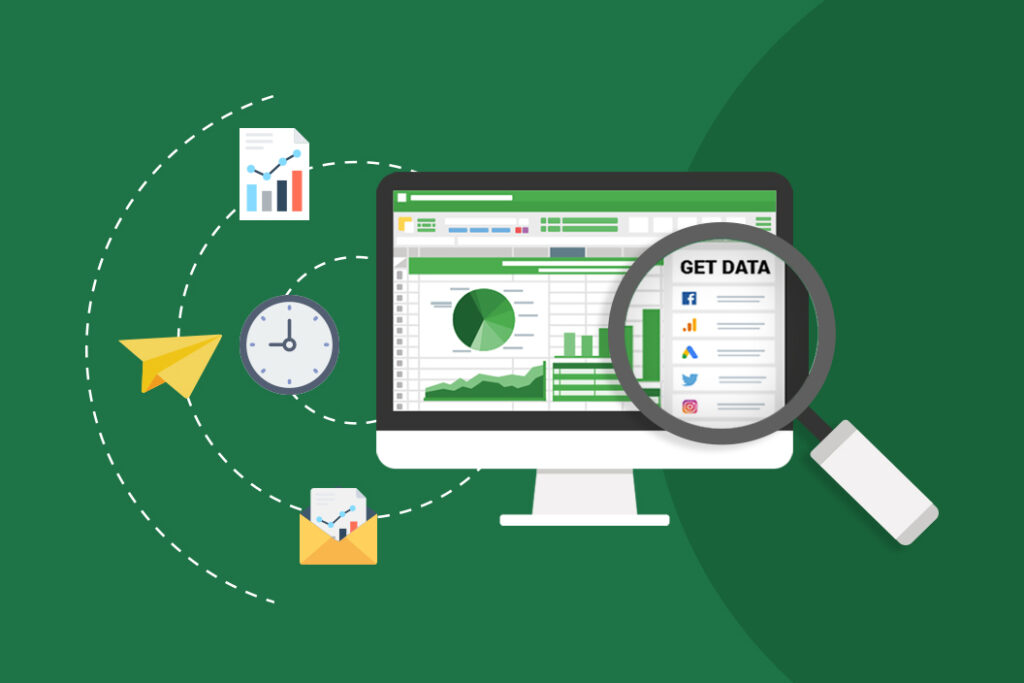Excel is a powerful tool for data analysis, and it offers many features that can help you manipulate and visualize your data in meaningful ways. One of the most basic and essential tasks you can perform in Excel is counting the number of cells that fall between two specified numbers. In this article, we’ll explain how to perform this task in a simple and straightforward way, so even if you’re new to Excel, you’ll be able to follow along easily.
First, you need to create a spreadsheet in Excel with the data that you want to analyze. This data could be anything from sales figures to employee numbers, or anything else that can be represented in numerical form. Once you have your data in Excel, you can start the process of counting the number of cells that fall between two numbers.
The first step is to identify the two numbers that you want to use as the range. For example, let’s say you have a column of sales figures, and you want to find out how many sales are between $10,000 and $20,000. In this case, the two numbers are $10,000 and $20,000.
Next, you need to create a formula that will count the number of cells that fall between these two numbers. The formula you will use is called the “COUNTIF” function. This function allows you to count the number of cells that meet a certain criteria, in this case, the criteria being that the cell’s value falls between two specified numbers.
To use the COUNTIF function, you will need to enter the formula in a new cell on your spreadsheet. The formula should be written like this: “=COUNTIF(range, criteria)”. In this case, the range is the column of sales figures, and the criteria is the formula that defines the range of values that you want to count, which is “>=10000” and “<=20000”.
Once you have entered the formula, press enter, and Excel will perform the calculation and give you the result. In our example, the result would be the number of sales that fall between $10,000 and $20,000.
In conclusion, counting the number of cells that fall between two numbers in Excel is a simple and straightforward process. All you need to do is create a spreadsheet with your data, identify the two numbers that you want to use as the range, and then use the COUNTIF function to count the number of cells that fall between these two numbers. With this knowledge, you’ll be able to perform this task with ease and have a better understanding of how Excel can help you analyze your data.
Personal Career & Learning Guide for Data Analyst, Data Engineer and Data Scientist
Excel Example for Data Analyst – Count cells between two numbers
 Loading...
Loading...
Disclaimer: The information and code presented within this recipe/tutorial is only for educational and coaching purposes for beginners and developers. Anyone can practice and apply the recipe/tutorial presented here, but the reader is taking full responsibility for his/her actions. The author (content curator) of this recipe (code / program) has made every effort to ensure the accuracy of the information was correct at time of publication. The author (content curator) does not assume and hereby disclaims any liability to any party for any loss, damage, or disruption caused by errors or omissions, whether such errors or omissions result from accident, negligence, or any other cause. The information presented here could also be found in public knowledge domains.
